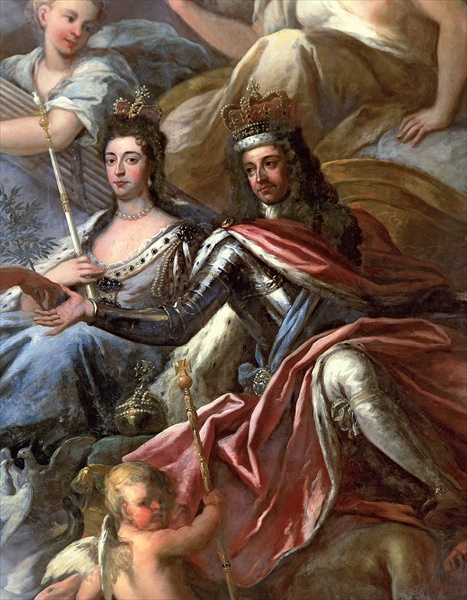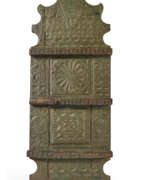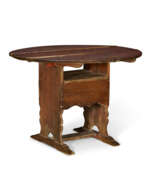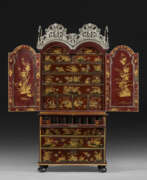Period of William and Mary

Period of William and Mary
The period of William and Mary marks the reign of William III, Prince of Orange, and Mary II. This era began when they succeeded as King of England and Ireland and Queen of England and Ireland on February 13, 1689. William, born on November 14, 1650, in The Hague, and Mary, born on April 30, 1662, at St. James's Palace, were crowned in a union that reshaped British monarchy and governance.
Their ascent to power was a direct consequence of the Glorious Revolution of 1688, which deposed Mary's father, James II, due to his Catholic faith and alleged abuses of power. William and Mary were offered the throne jointly by Parliament, a strategic move to ensure a Protestant lineage and limit monarchical power.
William and Mary's reign is particularly noted for the signing of the English Bill of Rights in 1689, a document that significantly limited royal authority and laid the foundations for a constitutional monarchy. It forbade the monarch from suspending laws, levying taxes without Parliament's consent, and maintaining a standing army in peacetime without parliamentary approval. This bill also inspired many principles that later shaped the governance of the United States.
Mary effectively ruled alone when William was engaged in military campaigns, proving to be a capable and firm monarch. Her untimely death from smallpox at the age of 32 in 1694 left William as the sole ruler until his death in 1702, succeeded by Mary's sister, Anne.
For collectors and enthusiasts in art, antiques, and history, the period of William and Mary offers rich insights into a transformative era in British history. To stay informed about related collections, sales, and auction events, sign up for our updates.
| Country: | England, Europe, Scotland, The Netherlands, United Kingdom |
|---|---|
| Start of the period: | 1689 |
| End of the period: | 1702 |







